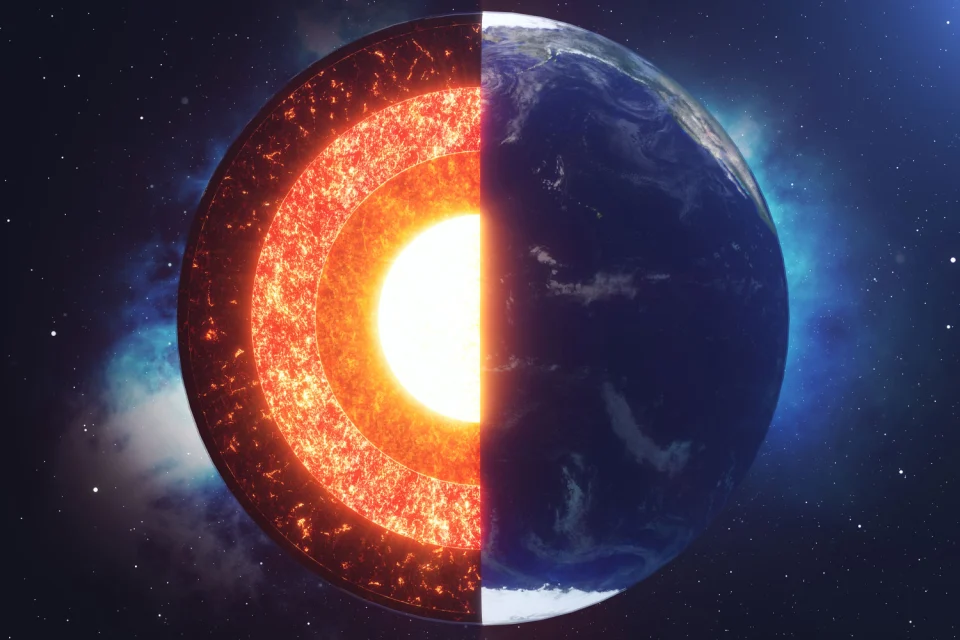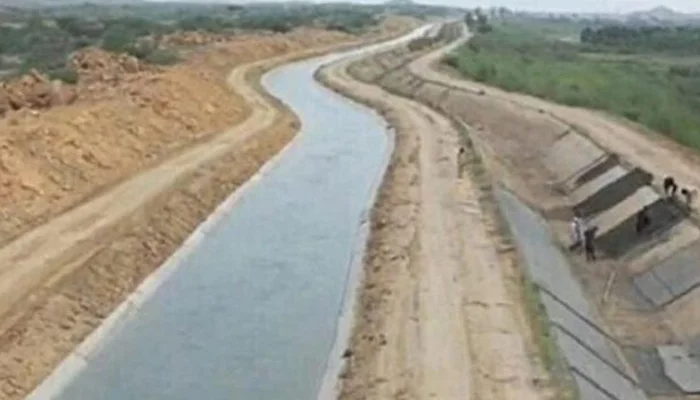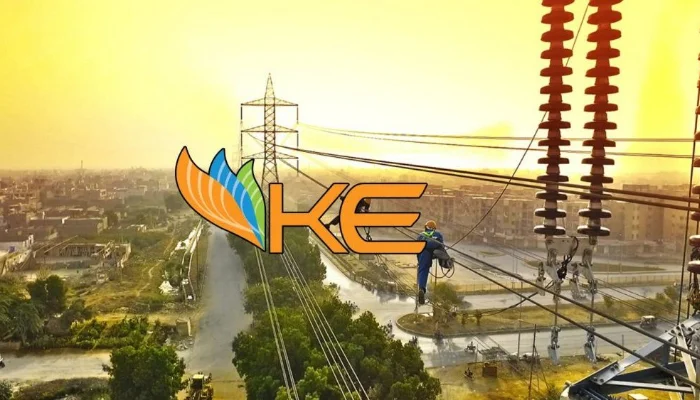AN ENERGY COMPANY intends to drill deeper than ever before into the Earth in order to bring renewable energy to the masses.
Since its inception as a Massachusetts Institute of Technology (MIT) spin-off in 2020, Quaise Energy has made a name for itself in the energy industry.
Now, the Boston-based company has stated that it intends to use its innovative drilling practises, which are based on technology developed by MIT’s Paul Woskov, to tap into Earth’s natural geothermal energy.
The company stated that it intends to drill deeper than ever before into the earth’s core, where rock temperatures are around 932 °F (or 500 °C).
If Quaise is successful in its mission, the end result will be completely renewable, inexhaustible, and easily accessible energy resources for the general population.
“Geothermal energy does not require any fuels and generates no waste. Even in the most difficult energy environments, it is truly renewable, abundant, and equitable for all “According to the company’s website.
The deepest hole ever drilled by humans reached a depth of 40,318 feet (12,289 metres) after a 20-year process.
Quaise, on the other hand, claims that its hybrid drilling rig, which uses a traditional rotary head to drill through softer material and a high-energy beam to melt tougher material, can drill up to 12.4 miles in 100 days.
According to a New Atlas report, a depth of 12 miles can easily provide access to long-term green energy supply to any location on the planet.
“Deep geothermal uses less than 1% of the land and materials used by other renewables, making it the only viable option for a sustainable clean energy transition,” Quaise writes on its website.
According to Quaise CEO and Co-Founder Carlos Araque, while solar and wind energy are more accessible, “there is not enough of it to power the civilization we have created with fossil fuels.”
He went on to say that tapping into geothermal energy is “a solution that can work for 95 percent of humanity.”
Quaise recently raised more than $63 million in funding and expects to have its drilling devices in the field within the next two years.
Quaise recently raised more than $63 million in funding and expects to have its drilling devices in the field within the next two years.
Longer-term plans call for a functional power generation system by 2026.
According to Science Alert, the company hopes to be able to convert coal-fueled power plants into steam-fueled facilities by 2028.




















